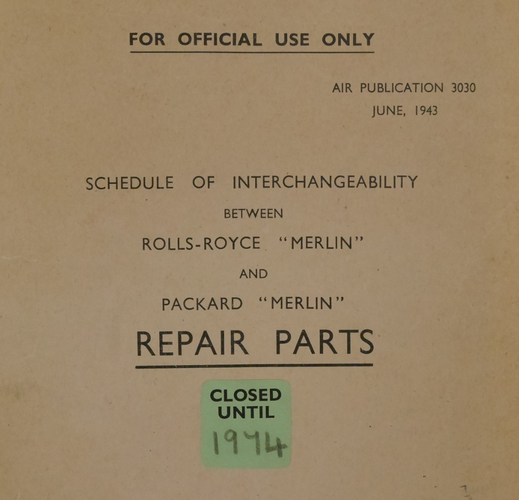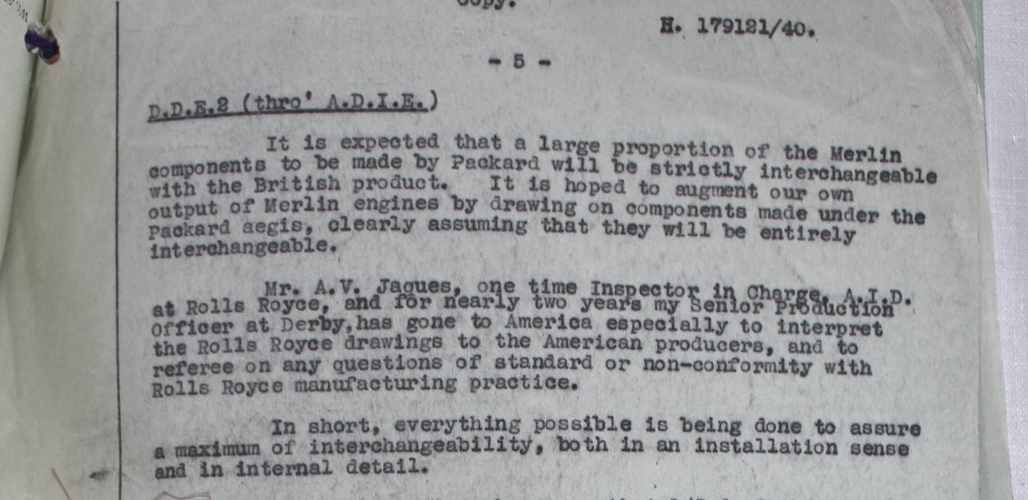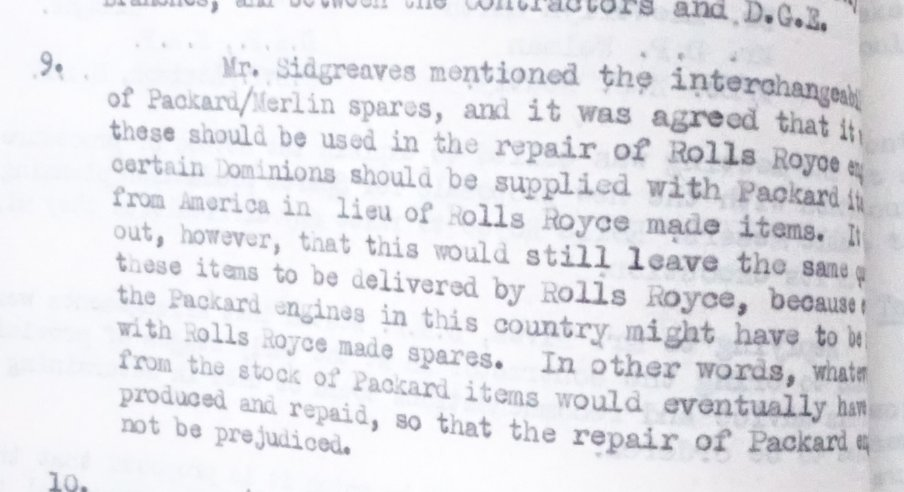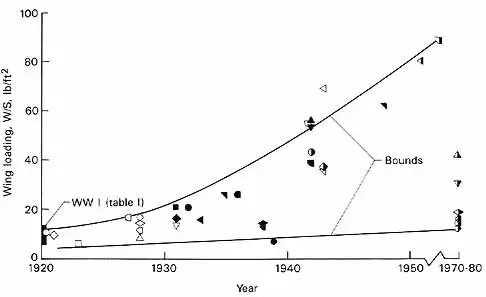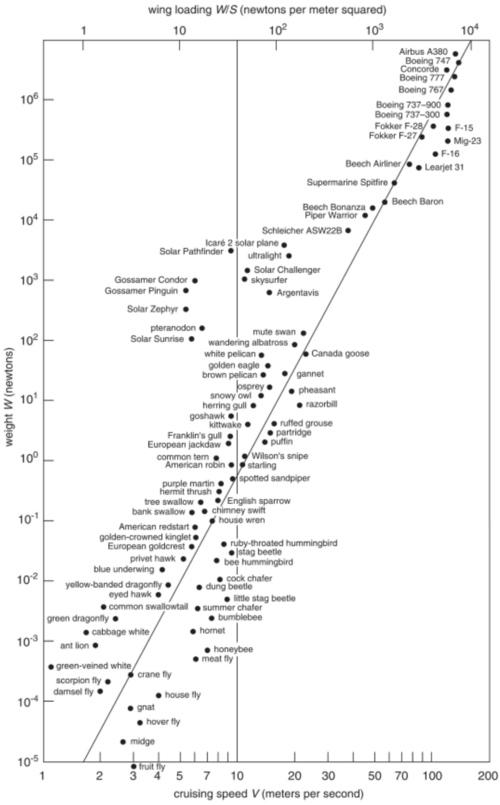On a granular detail level, the original history states that Beauvais flew the Me 309 V1 at Rechlin. Nope - it was Augsburg.
The same history states:
"Beauvais submitted his report as follows: 'The Me 309 will be acceptable after some improvements but will present difficulties to the average fighter pilot. Control forces are extremely high by comparison with current fighters, and landing on the nosewheel will give problems to combat pilots at operational fields. With full armament the aircraft will be barely 30mph faster than the Bf 109G, and there would seem to be no real advantage to introducing such a fighter when a superior aircraft [i.e. the Fw 190 D] will soon be available.'"
Seemingly no one thought it was strange that Beauvais, a technical officer who was there to provide technical feedback, should be making such sweeping and unfounded judgements in his report.
In fact, that quote is a pure fabrication. Beavais's report does not say that. It's actually quite a lengthy report which, as Calum and I note, addresses various technical aspects of the aircraft - as you'd expect. Beauvais's summary, at the end, actually says:
"Some flights in bad weather with Me 309 V1 (Beauvais) [yes, he refers to himself in the third person here for some reason] in the period from November 20-23, 1942 gave the following preliminary picture: The operation of the landing gear (nosewheel, retraction and extension), propeller, radiator, landing flaps and partly also the trim make the handling of the Me 309 V1 noticeably more difficult compared to the Bf 109 G. The flight characteristics are somewhat worse than with the Bf 109 G (high rudder forces, behaviour around the vertical axis and transverse axis, manoeuvrability). The turning times are considerably higher than those of the Bf 109 G. As expected, the rate of climb is about the same as that of the Bf 109 G. Speeds and stall behaviour were not checked in detail (weather!). A comparison with the Fw 190 DB 603 or Jumo 213 seems appropriate, even if it is still a bit premature, because the Me 309 V1 represents a relatively unfinished state of development (see above test notes, also soft leading-edge slats, speed limit according to GL/C-E 2 F P), an overall comparison of functional testing of the equipment, in particular the weapons, is needed, also the cooling system with the associated hydraulics, etc."
So the author of the first quote alters a number of things in Beauvais's summary for reasons unknown. He changes 'Me 309 V1' to 'Me 309', which makes it appear as though Beauvais is condemning the type as a whole - rather than just discussing, specifically, the very first unfinished prototype. Yes - the performance of the Me 309 V1 is inferior to that of the fully developed production model Bf 109 G. Is that such a surprise? The Bf 109 type as a whole had had SEVEN YEARS of development since its own Bf 109 V1 by this point. The Me 309 V1 - the sole flyable prototype - had been undergoing tests for FIVE MONTHS. If the Me 309 V1 had been tested against the Bf 109 V1 it would have absolutely wiped the floor with it.
What else? Beauvais raises specific problems with the Me 309 V1 - the combination of the unfinished retractable radiator and the generally rough controls made the Me 309 V1 more difficult to handle than the fully sorted production model Bf 109 G. Again is that so surprising? Essentially, the author of that original quote completely misrepresented Beauvais's report. Note that Beauvais refers to a Ministry-mandated speed limit (early prototypes were often subject to speed limits - so high-speed testing probably couldn't have taken place anyway. That stuff about
barely 30mph faster is completely made up). And he says that a comparison with the Fw 190 DB 603 or Jumo 213 would be appropriate - he does not say
and there would seem to be no real advantage to introducing such a fighter when a superior aircraft [i.e. the Fw 190 D] will soon be available.' That is also completely made up. You could interpret Beauvais's statement here, in fact, as him hinting that a comparison of a rough prototype against a full production model wasn't very illuminating and, actually, a test against similarly rough prototypes would make more sense.
The original history goes on to say:
"The Me 309 V2 had differed from the V1 primarily in having a DB 605B engine in place of the DB 603A-1. The latter power plant was, in fact, yo be replaced in the Me 309 V1 by a DB 605B in March 1943."
Nope - all completely made up. The Me 309 V2 had a DB 603 A-1 and there is no evidence of any plans to re-engine the Me 309 V1 with a DB 605.
The original history says:
"The fourth and last prototype, the Me 309 V4 (RH+LH) which was intended for armament trials, was finally completed and flown in July 1943. DB 605B-powered, the Me 309 V4 carried the exceptionally heavy armament that Mersserschmitt had proposed for the schwerer Jaeger version, this comprising two 13mm MG 131 machine guns in the fuselage, a 20mm MG 151 and a 13mm MG 131 in each wing root, and a 30mm MK 108 immediately outboard of each main undercarriage member attachment point. ... After initial trials at Augsburg, the Me 309 V4 was to have been transferred to Leipheim for further testing but before the transfer could be effected the aircraft was destroyed in an air attack".
Wow. What to make of this? Well, we know that the Me 309 V4 was first flown on April 21, 1943, by Schmid. It's in his logbook. We can also be reasonably certain that it was coded GE+CX. The Me 309 V1 was GE+CU, the Me 309 V2 was GE+CV, the Me 309 V3 was GE+CW. You see the pattern there? Why would the V4 be randomly coded RH+LH? The code in Schmid's logbook is GE+CX. All the paperwork says the Me 309 V4 had a DB 603 A-1, just like the other prototypes. It was supposed to be armed, but only with 1 x MG 151 in the engine and 2 x MG 131s in the fuselage. Was it actually fitted with those? Don't know. The only recorded flight of the Me 309 V4 was in April 1943. The Messerschmitt Hauptausschuss Zellen / Sonderausschuss F 2 (main committee for airframes - which generally reports on the state of completion of prototypes and what they are doing) report for June 1943 notes that the Me 309 V1, V3 and V4 are 'currently parked' and that work on repairing the Me 309 V2 has 'stopped'. The Me 309 is the absent from the report for July, never to reappear.
It's difficult to reach any other conclusion than that the now deceased author of this... garbage... was fed duff information by someone. Or else decided to get a little creative in the absence of any hard factual evidence, trusting that no one would ever discover what he had done. And to be fair, no one did for about 50 years.
On a more macro level, the biggest myth - derived from the information above - is that, to quote Wikipedia,
Low government interest in the project delayed completion of the first prototype until spring 1942, and trouble with the nosewheel pushed back the 309's first flight to July. When it did fly, the Me 309's performance was satisfactory – about 50 km/h (30 mph) faster than a standard Bf 109G – but not exemplary. In fact, the Bf 109G could out-turn its intended replacement. With the addition of armament, the aircraft's speed decreased to an unacceptable level. In light of its poor performance and the much more promising development of the Focke-Wulf Fw 190D, the Me 309 was canceled.
Government interest in the Me 309 was high - extremely high - in our book Calum and I show that the Me 309 was very much intended, by the government, to replace the Bf 109 throughout a period of about 12 months. And the incredibly slow completion of the prototypes wasn't due to government disinterest - it was down to... something else! The Fw 190 D had nothing at all to do with the Me 309's cancellation. It was other factors which caused that.

